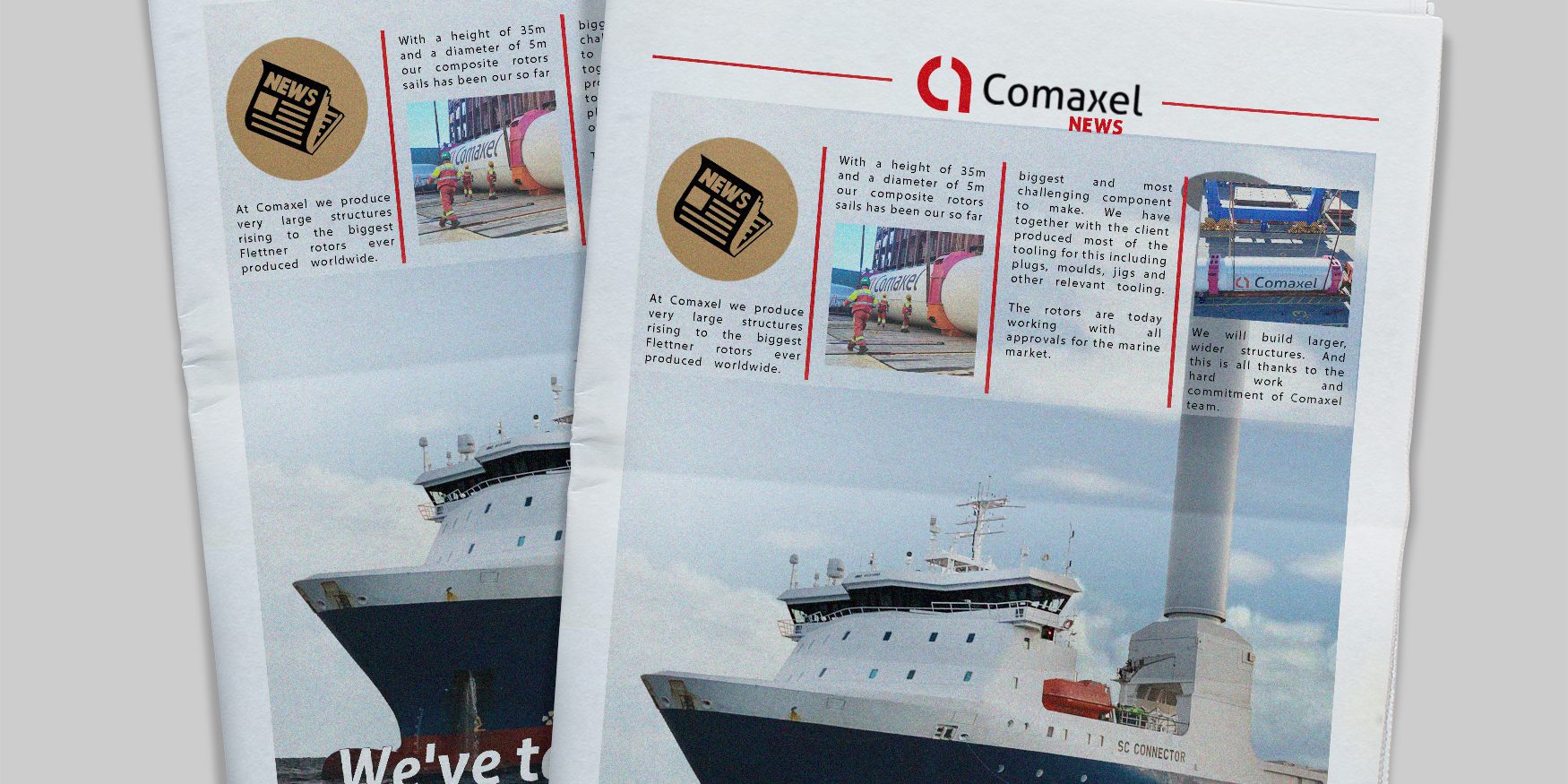Rotor sail like this 35m x 5m can reduce fuel oil by more than 4-5 tons per day thanks to the technology by Norsepower.
INFO:
The Flettner Rotor: Wind-Powered Propulsion
A Spinning Sail
The Flettner rotor is an unconventional method of propulsion that harnesses the power of the wind. It’s essentially a vertical cylinder that rotates rapidly. As wind blows past the rotor, the Magnus effect creates a force perpendicular to the wind direction, propelling the vessel forward.
How Does It Work?
The magic behind the Flettner rotor lies in the Magnus effect. This phenomenon occurs when a rotating object experiences a lift force perpendicular to the direction of the moving fluid around it. In this case, the rotating cylinder is the object, and the wind is the fluid.
A Brief History
The concept was developed by German engineer Anton Flettner in the 1920s. He experimented with rotor-powered ships, demonstrating their potential as a viable propulsion method. While these early attempts faced challenges, the technology has seen renewed interest in recent years due to its potential for reducing fuel consumption and emissions.








